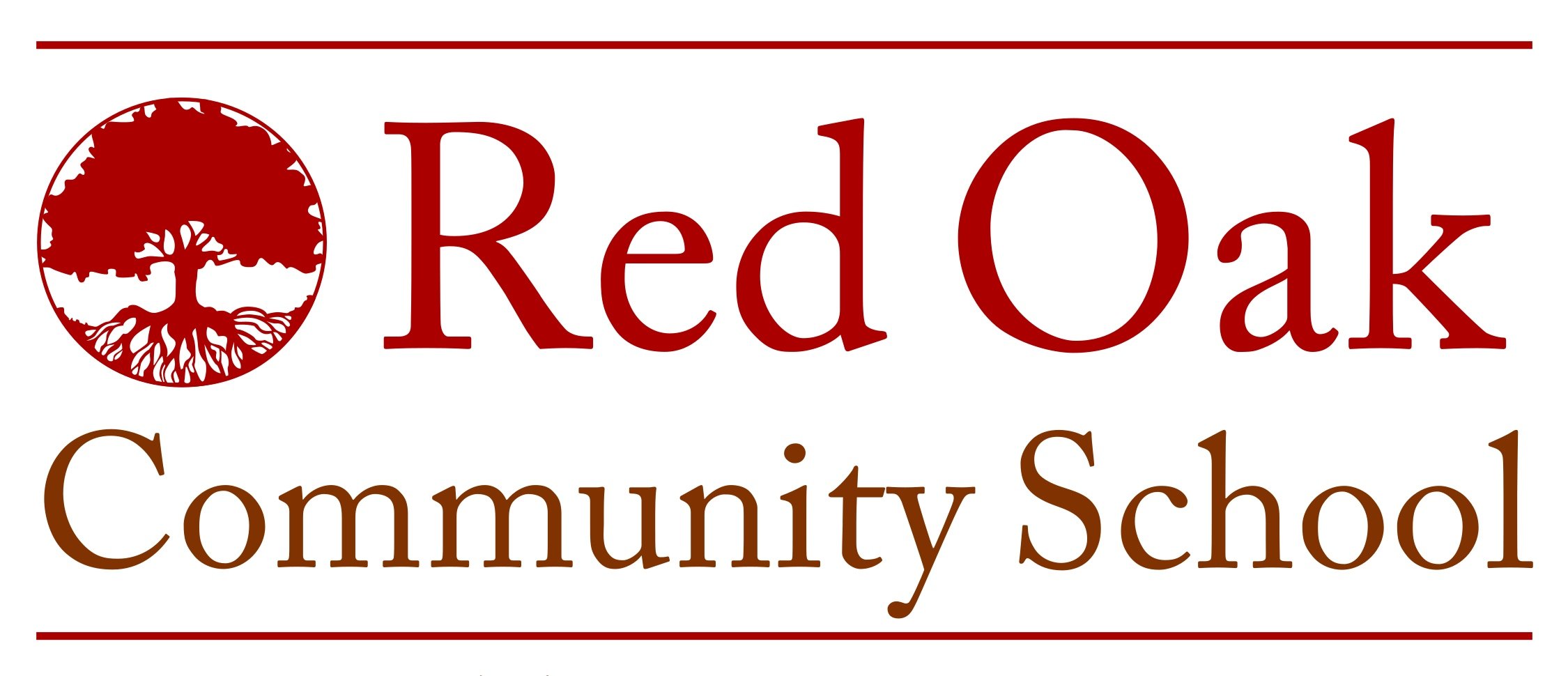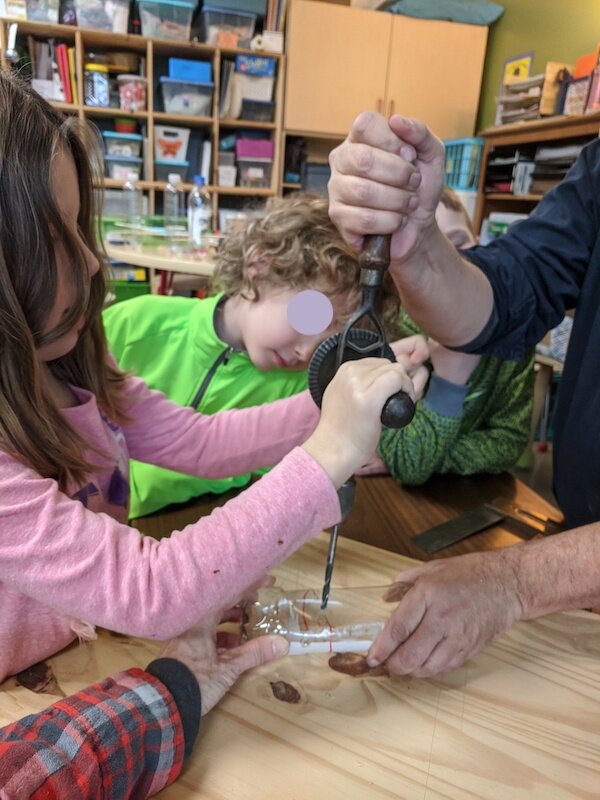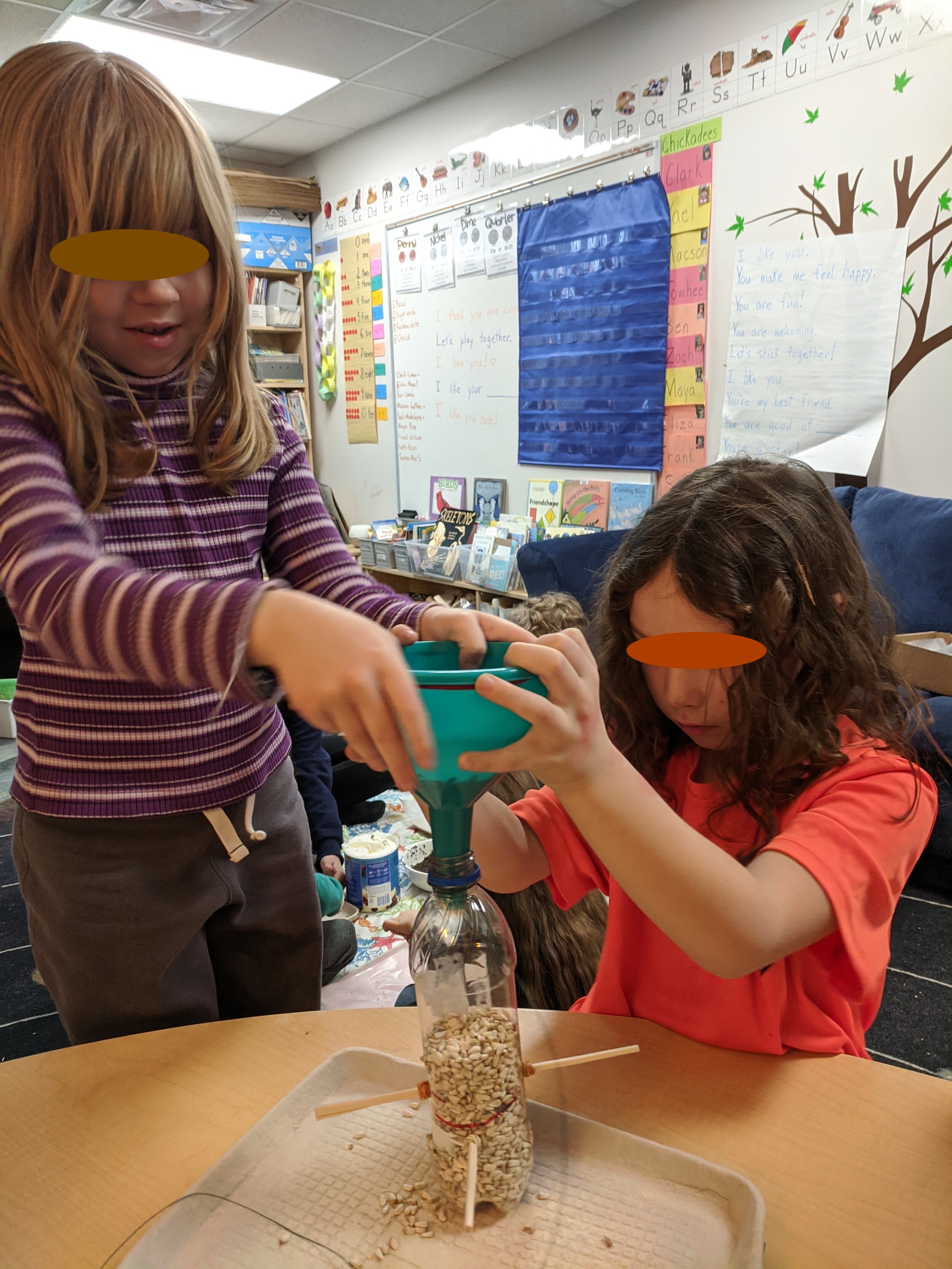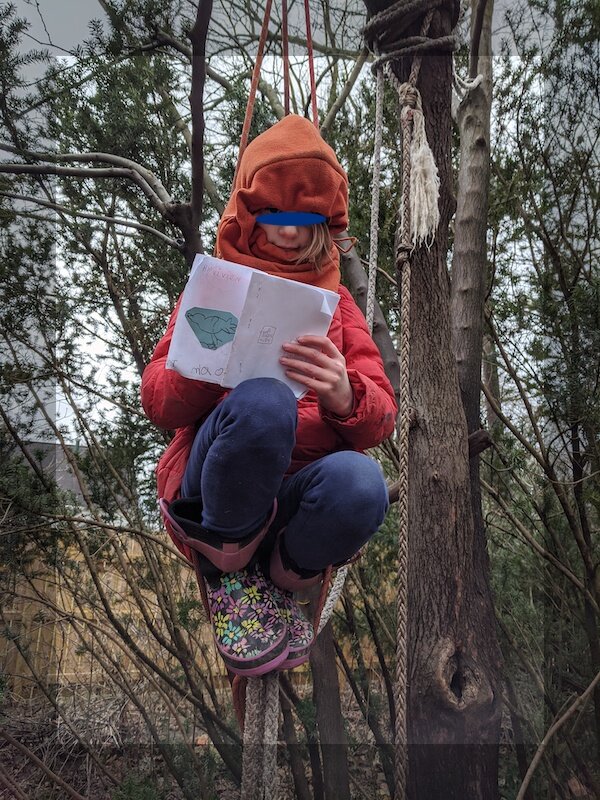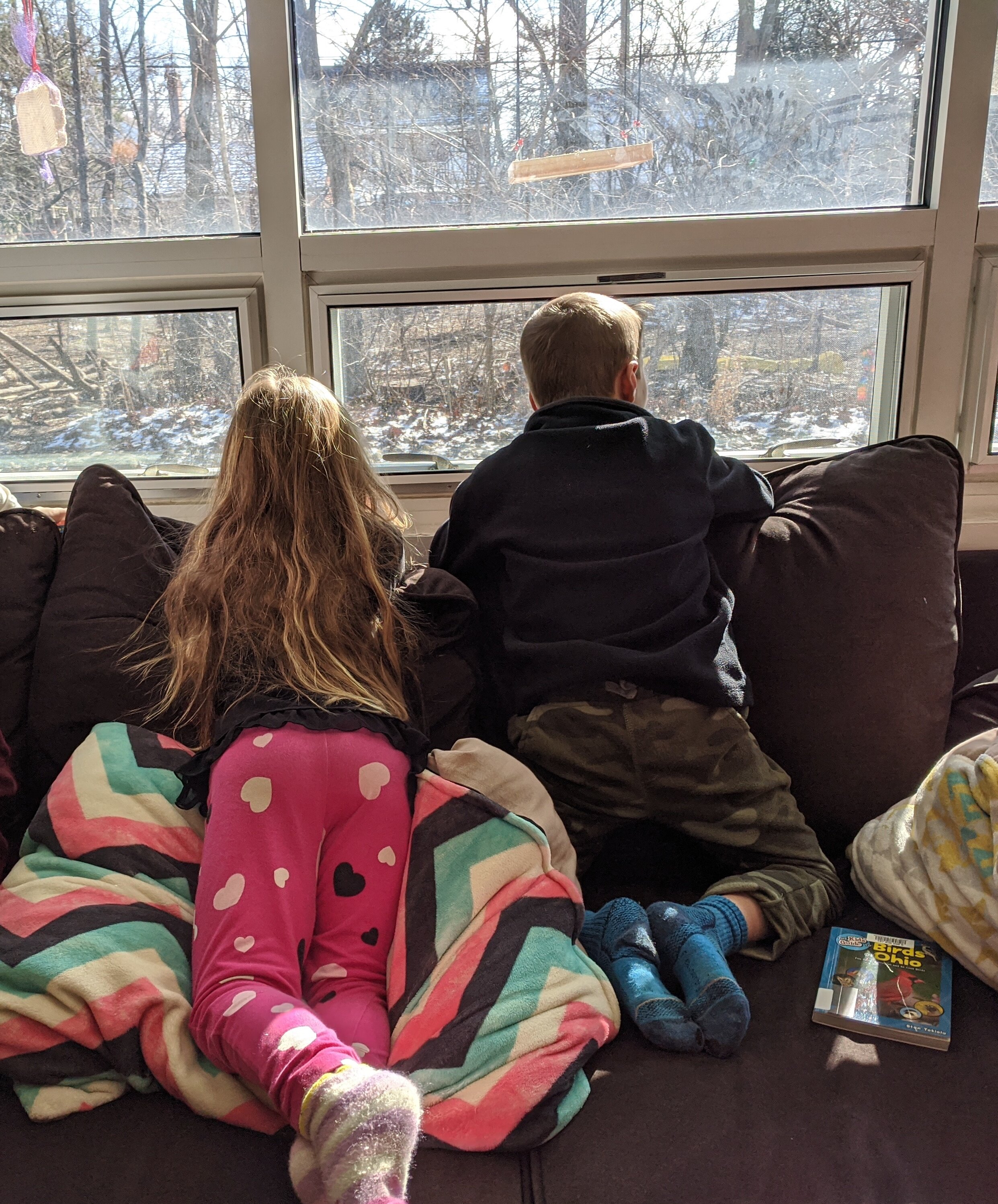Citizen Scientists: Great Backyard Bird Count
Citizen-science is a term used for including the public in scientific research. I can remember Science Educator Bethany Filipow suggesting using it as a teaching tool in her interview with us before Red Oak opened our doors. Elsewhere on this blog you can read about macroinvertebrate monitoring she did with students last year.
This year, our 2-day (Robins) and kindergarten (Chickadees) students prepared for and participated in the Great Backyard Bird Count (GBBC). The Count was first launched in 1998 by the Cornell Lab of Ornithology and National Audubon Society which describe it as the first “online citizen-science project to collect data on wild birds and to display results in near real-time.
GBBC helps scientists and ornithologists “get the ‘big picture’ about what is happening to bird populations.” Bird enthusiasts (aka Bird Nerds) can participate in other counts throughout the year including eBird. The longer and more widely data is collected, the more we can learn about how climate change is impacting bird populations, how birds migration patterns might be changing, and how bird diversity is shifting in urban, suburban, and rural landscapes. ROCS families participated by bringing in a variety of supplies students used to make bird feeders.
The following are a few glimpses into what learning looked for our students leading up to the GBBC shared by ROCS Educators Michelle McNabb and Kali Sites.
-Jodi Kushins, ROCS Blog Editor
ROCS students studied winter migration habits for animals in general before focusing on birds specifically. After reading Honk! Honk! A Story of Migration, the Chickadees acted out geese migrating north to nesting grounds and south to warmer weather. They "flew" in v-formation (which was challenging but fun!), avoided predators with warning honks from sentries, built nests, and searched for food.
The Robins read Counting Birds: The Idea That Helped Save Our Feathered Friends to learn about Frank Chapman, ornithology, and the history of bird counts. As the Robins begin to study birds in-depth, they collaborated to make lists of what they already know about birds, used field guides to identify Ohio birds on a hike, and chose several Ohio birds to listen to their recorded songs. After learning about the migration pattern of Godwits in the book Circle, each Robin choose a migratory bird to learn about, map its migration pattern, illustrate, and become familiar with its song and the time of day in which it sing.s As they listened to their bird calls, the Robins compared and contrasted the songs against a list of mnemonics (ie. American Robin: cheer-up and Tufted Titmouse: here peter-peter-peter) and invented their own mnemonic.
Chickadees continued their studies reading Every Day Birds, examining books/charts, listening to bird calls, and making water and seed holders out of reused water bottles and mesh produce bags. ROCS Board Member and avid wood-worker Eric Cherry visited and shared some old-fashioned hand-powered tools, then led students in building tray bird feeders. They hung their feeders in our natural play area and outside each classroom window and excitedly await birds to discover them!
During the Great Backyard Bird Count students looked and listened for birds out the classroom windows and in the play area using binoculars and bird identification guides. They documented what they saw including mourning doves and a tufted titmouse, blue jays, cardinals, and chickadees! Everyone looks forward to seeing who else shows up as the weather warms up.
